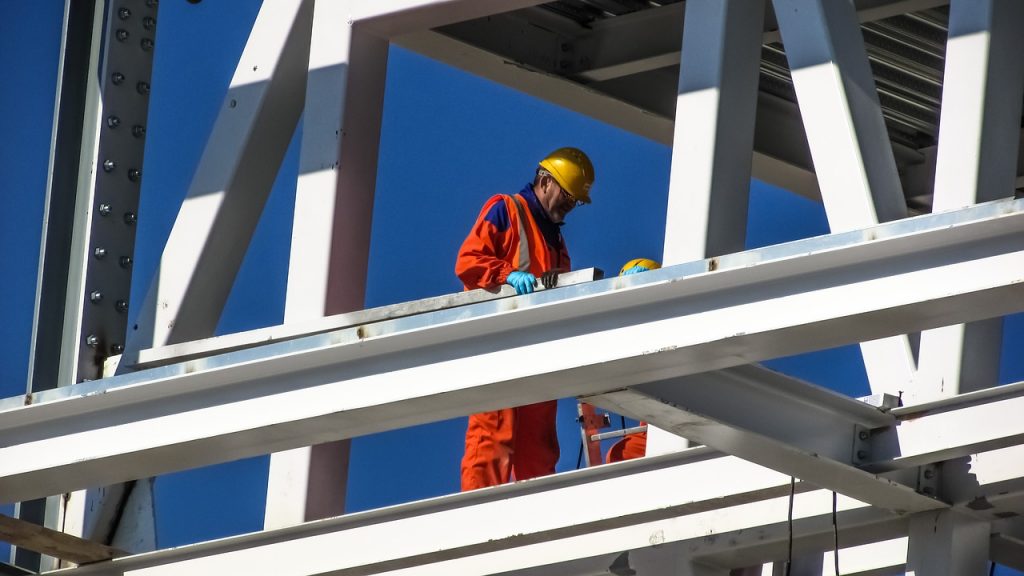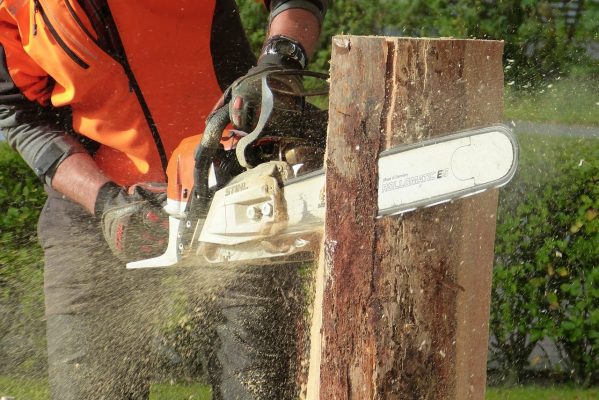Weather can be unpredictable, so if you’re planning on working outdoors, you should be aware of how to dress for different conditions and consider how your clothing can help to protect you from potential risks.
Stay warm with the layering system
In order to work comfortably outdoors, especially in cold weather, you should learn to adopt the layering system of dressing. This involves four layers of clothing, starting with the wicking layer.
The wicking layer is the one closest to your skin and prevents your body from cooling down with sweat by removing moisture from the skin and transferring it to the next layer.
Recommended fabrics for this layer include synthetic or polypropylene, but not cotton. Next is the light insulating layer, a light fleece sweater is great for this.
The next heavy insulating layer in the form of a heavier fleece which will trap heat in the body. The last is the wind and waterproof layer which, as expected, protects you from certain weather conditions.
Protect your head, hands and feet

As well as layering clothing on your body, you should also make sure to protect your extremities from the cold. Invest in a good winter hat that will reduce the amount of heat that leaves through your head (usually this is around 30-50%). Particularly harsh conditions may call for a balaclava.
In the heat, a knitted hat can be swapped for one with a wide brim that will protect your scalp, ears and neck from the sun’s rays. In addition to a hat in the cold, gloves should be worn; although some work may be difficult to achieve if you’re wearing a large pair of mitts.
In this case, opt for a thinner glove to wear inside the mitt so that even if you have to remove the mitt while you work your bare skin will still have some respite from the cold.
When it comes to your feet, a two-layer sock system is always recommended for cold conditions, but regardless of the weather, you should always protect your feet with an appropriate pair of boots.
Working well in the heat

Wearing the correct clothing in the heat will help to prevent the transfer of heat from the air to the body. If you’re working outdoors, it can often be difficult to find appropriate clothing that will keep you both protected and cool.
The best choice is to wear lightweight and light coloured clothing while still remembering to wear the correct headwear and footwear for protection. Trousers such as Dickies work pants are made from lightweight cotton material and are an ideal option for outdoor work that requires you to be comfortable and cool.
Stay visible

If you’re working on a large site surrounded by potential dangers, it is vital that you remain visible to others. This is easily done by investing in high-vis garments that will improve your visibility to others both during the day and at night.
The most effective high-vis garments combine fluorescent material with silver reflective strips and typically come in yellow, orange or pink colours depending on either the type of work you’re undertaking or maybe just your preference.
